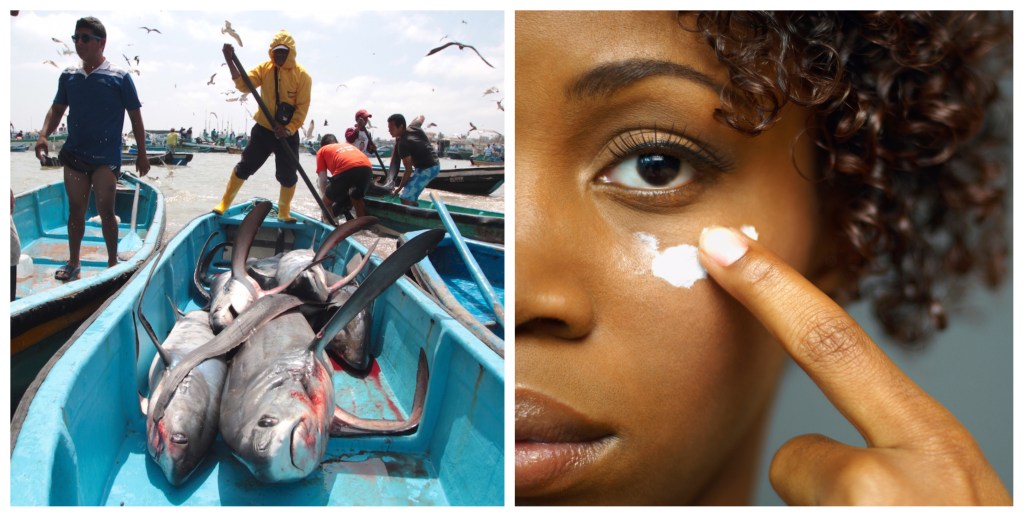The arapaima looks less like a fish than a prehistoric torpedo. It’s the largest freshwater fish in South America, where it can grow to over eight feet long and weigh more than 400 pounds. Because it often inhabits oxygen-depleted rivers, it breathes atmospheric air, gulping oxygen with a primitive lung called a labyrinth organ rather than gills. It feeds on other fish and, if it feels like it, will even jump out of the water to grab a snack in the form of a bird or small land mammal. Its massive scales, which act like armor as it swims through piranha-infested bodies of water, are used as nail files by people living in the Amazon. Oh, and it’s barely changed for about five million years.
Arapaima also happens to be delicious.
Videos by VICE
The meat of the fish—also known as paiche or pirarucu—is boneless, odorless, and mild, making it a prized catch for both local fishermen and chefs abroad. You may have seen Masaharu Morimoto and Justin Bogle turn it into tiradito and banh mi on Iron Chef America a couple years back, or read about its arrival at Sushi Samba and Whole Foods.
But because arapaima has been historically overfished, what we get in the States is farm-raised, often from Brazil, Peru, or Thailand. The wild population, however, continues to decline.
A recent study published in Aquatic Conservation: Freshwater and Marine Ecosystems found that arapaima was entirely extinct in many fishing communities in the Brazilian state of Amazonas, and approaching extinction in over half of the other communities surveyed. Even when local fishermen can’t find any adult arapaima, they use gill nets to harvest smaller fish, often catching juvenile arapaima in the process.
Commercial fishing of arapaima is banned in Brazil, but local populations still fish for them there with little oversight or regulation. Arapaimas’ reliance on air makes them even easier to catch; they surface every five to 15 minutes for a breath, at which point they’re often harpooned, clubbed, and netted.
The good news is that some communities have established fishing rules for arapaima, including banning the gill nets and imposing minimum sizes for their catches, which have led to the resurgence of fish populations. Without government support, however, there’s little incentive to institute such programs.
These programs, as well as those that encourage sustainable fish farming, are integral to the survival of the several species of arapaima. (One of the study’s co-authors, Donald J. Stewart, has noted that three of the five known species have not been observed in the wild for decades.) The government in the Ucayali region of Peru, for example, declared in 2012 that arapaima was no longer in danger of extinction because it had encouraged residents to take up aquaculture instead of cultivating coca leaves for cocaine production.
It will require just as much effort in Brazil to save these prehistoric fish from going extinct in the wild. And who needs a cocaine habit when you have a five-million-year-old fish to eat?



